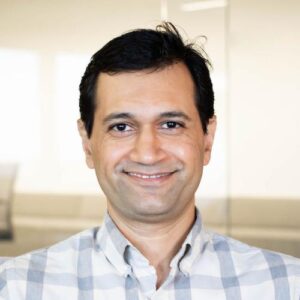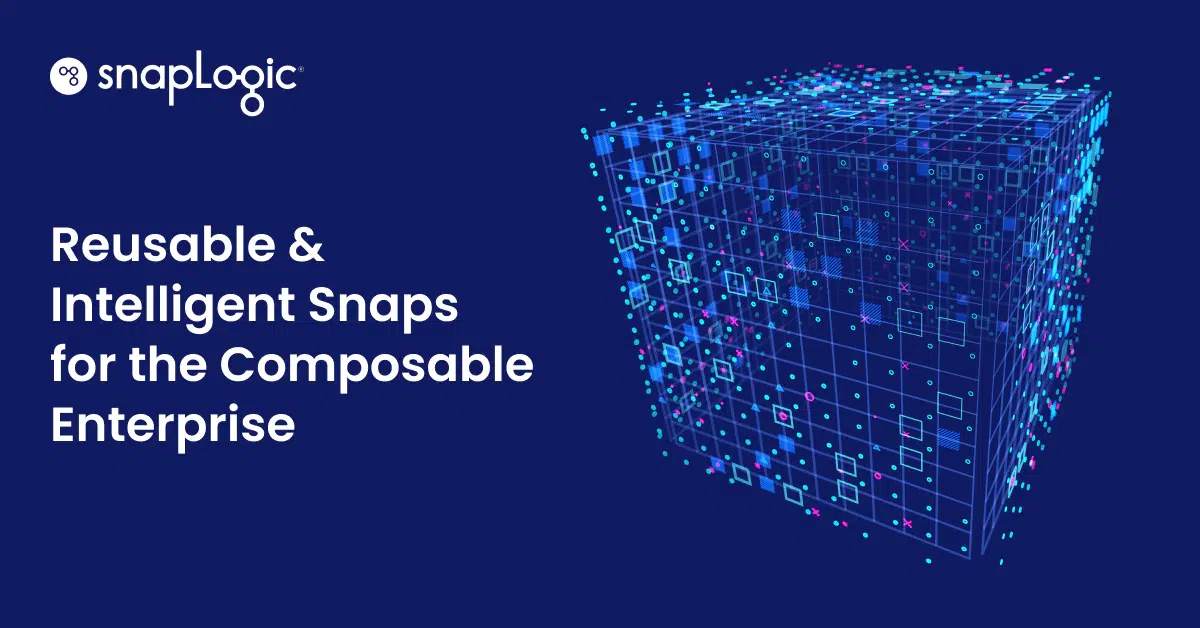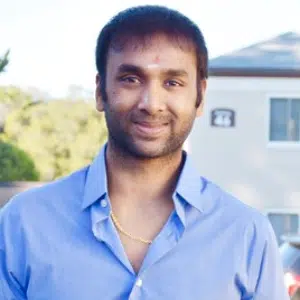There have been a lot of articles on automation in business over the last decade. More recently, you’ve likely seen terms such as Enterprise Automation and Hyperautomation pop up if you have searched for strategic technology trends. In this post, we will dive deep into these terms to see how the latest in automation can help you and your organization be more productive.
Let’s start with automation. Automation at the most basic level means a technology that automatically performs a task, without human intervention. Before automation, repetitive tasks were performed by a person. For example:
- Entering data into a piece of software running on a computer
- Copying data from one piece of software into another
- Running an arbitrary piece of code at a specific time
- Executing a digital representation of a real-world business process from start-to-finish
What about technology integration? Where does that fit? Well, an integration integrates. In other words, integrations allow you to combine data/records between multiple applications and/or data stores. While you can initiate an integration manually, most, but not all, integrations are automations. They are triggered automatically by an event or time of day (batch).
As organizations have digitized records and complex processes, they have also sought automation opportunities that can improve productivity, minimize errors, get real-time insights, accelerate decision-making and reduce time-to-market. Digital process automation allows organizations to streamline and speed up business operations, so workers can spend more time on creative and/or strategic activities.
More recent phrases related to Automation are Enterprise Automation and Hyperautomation. Let’s look at Enterprise Automation. What does that mean?
Enterprise Automation
Enterprise Automation refers to an organization’s ability to automate and flow operational and analytics data between multiple apps and systems across on-premises, cloud, and multicloud to automate complete business processes. This reduces the amount of human labor and time involved in making things happen, which accelerates business results.
It consists of two main components:
- Automation of all key business processes across the organization
- Automation that enables all key personas in an organization
Automation projects in organizations have happened in piece-meal. That means that typically, the most critical or most time-consuming processes are automated, while other processes are left as-is. What gets automated is often dictated by the people and monetary resources a function or organization has. Enterprise(-wide) Automation is a vision that suggests an end-to-end and intelligent automation across every business function to get the maximum benefits.
When you look at business processes for your organization, you can categorize them by “journeys.” Organizations working on digital transformation often start with the digitization and automation of the customer journey, because it has an immediate impact on revenue. The customer journey involves business processes such as:
- Lead routing
- Quote-to-cash
- Customer onboarding
- Customer support handling
- Customer offboarding
Your organization might have already automated the quote-to-cash process, but automating typically manual processes such as customer onboarding and support handling improves the customer experience, and ultimately retention.
Now let’s talk about business processes that fall under the employee journey:
- Recruiting
- Employee onboarding
- Payroll handling
- Employee evaluations and training
- Employee offboarding
Your organization might also have a partner journey and a product journey. The vision for Enterprise Automation is automate most, if not all, business processes that are part of these key journeys, so that everyone in your organization and its ecosystem benefits from automation.
Another key aspect of Enterprise Automation is the enablement of non-technical users. When your vision is to automate most business processes in your organization, you can’t rely on a few people in IT. They neither have the bandwidth nor the business process knowledge to automate all these processes.
A more scalable approach is to enable a wide range of non-technical personas with self-service and artificial intelligence. Low-code/no-code automation platforms enable non-technical users to automate business processes for which they might have to wait weeks or months to get IT’s help. And artificial intelligence assistants, powered by machine learning from massive user activity data, help reduce time on ramp-up, build, and maintenance for every user.
Enterprise Automation does not prescribe technology. It is applicable to most organizations, whether they are in manufacturing, supply chain, retail, healthcare, who aim to empower their teams to deliver exceptional customer experiences, deliver products and services to market faster, and drive excellent business results.
Hyperautomation
Hyperautomation according to Gartner is a business-driven, disciplined approach that organizations use to rapidly identify, vet and automate as many business processes as possible. Hyperautomation is similar to Enterprise Automation in the sense that it prescribes wide-scale automation. Hyperautomation also prescribe a governed approach to automation projects so that multiple automation projects can lead to positive business outcomes, while optimizing organizational resources.
However, while Enterprise Automation is driven only by vision and potential outcomes, Hyperautomation also hints at certain automation technologies as essential for success.
Let me be clear, Hyperautomation does not necessitate a specific automation technology. But some of the literature seems to indicate that Hyperautomation evolved from Robotic Process Automation (RPA) and hence as part of Hyperautomation initiatives, organizations should have an RPA tool in their toolbox.
But does every organization need an RPA tool? No. For example RPA bots that mimic a human clicking on a screen have usability that is limited to legacy systems that lack API interfaces. In fact, RPA integrations are brittle, and need maintenance whenever the user interface changes. Organizations that adopted RPA tools with unrealistic expectations have failed to see the ROI. Gartner also talks about BPM tools. Does every organization need a Business Process Management (BPM) tool for automation? No. Because a non-technical person can still use a workflow automation tool to visualize, optimize, and automate a process.
Whether you need a specific tool to automate business processes in your enterprise is really organization dependent. Can an organization achieve Hyperautomation or Enterprise Automation with a subset of these tools? Absolutely yes!
Chart your own path!
Automation across the enterprise, whether you call it Enterprise Automation or Hyperautomation, is the need of the hour. And there are a variety of automation solutions and platforms available to guide your automation journey. But there’s no “one-size-fits-all” method. Rather, chart a path that is unique to your use cases and pick a tool that works best for your organization.











